Recommended Reading for Blog Content Writers – Part B
Blog content writers relieve the drain on business owners’ time, and so what relieves the drain on the blog content writers? Since at least half the time that goes into creating a blog post is reading/research/thinking time, I’ve found that collecting books that serve as blog writing resources is, as Martha Stewart, might put is, “a good thing”.
Some of the books in my “blogger’s library” are about writing itself (see Part A of this series), but in today’s Say It For You post, I’ll share links to books about what I call “tidbit treasures”.
Tidbit Treasure books:
What I dub a “triggering tidbit” is nothing more than a piece of unusual or little-known piece of information which bloggers for business can use in their posts, tying that information to explanations of their own company’s products, services, and culture in order to capture online readers’ interest.
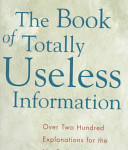 Tidbits from The Book of Totally Useless Information, by Don Voorhees include:
Tidbits from The Book of Totally Useless Information, by Don Voorhees include:
- U.S. President James Garfield could write Latin with one hand and Greek with the other – at the same time!
You can earn a good living as a banana gasser. - During the Victorian era, wealthy British travelers would go to Indiana on luxury cruise ships. It became trendy to pay extra for the privilege of staying in a portside cabin on the way to Indiana and a starboard on the way home.(Before air conditioning was invented,
staterooms facing land tended to be cooler.) A POSH (port out, starboard home) label on one’s luggage signified this privilege. That’s why we use “posh” to describe something elegant.
The Book of Incredible Information: A World of Not-So-Common Knowledge, by J.K. Kelly & Louis Weber 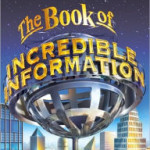 covers hundreds of fascinating, funning, and unfamiliar facts. For instance:
covers hundreds of fascinating, funning, and unfamiliar facts. For instance:
- French fries were first cooked up in Belgium, where the verb “to French” refers to the technique of cutting something into long, thin strips.
- French dressing doesn’t come from France, either. In fact, the wife if Lucius French, who founded Hazleton, Indiana, created the recipe.
Why do I refer to tidbits of information such as these as “treasure” for Indiana blog content writers? Common myths surround every business and profession. Offering little-known explanations exploding myths engage readers’ interest, and we can use them to lead into some little-known fact about our own (or our clients’) products, services, and company history.
Keep tuned…next week in my Say It For You blog, I’ll offer reading resources for bloggers about selling and about online marketing…

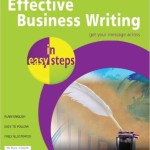 “If your writing is difficult to understand or written in an inappropriate style, it won’t serve the purpose,” points out
“If your writing is difficult to understand or written in an inappropriate style, it won’t serve the purpose,” points out 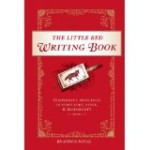 principles of structure, style, & readability.” Just to offer you a taste, Royal talks about four types of transition words:
principles of structure, style, & readability.” Just to offer you a taste, Royal talks about four types of transition words: for blog content writers, I wanted to share with my own readers Hubspot’s formula for “
for blog content writers, I wanted to share with my own readers Hubspot’s formula for “ Have you visited the Basilica of the Sacred Heart in Notre Dame, Indiana? How about the Five Points Fire Museum in Lafayette, IN? I haven’t been to either, but after learning through the
Have you visited the Basilica of the Sacred Heart in Notre Dame, Indiana? How about the Five Points Fire Museum in Lafayette, IN? I haven’t been to either, but after learning through the 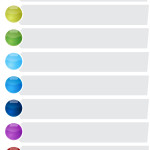 Marketing: an Hour a Day.
Marketing: an Hour a Day.
Follow us online!